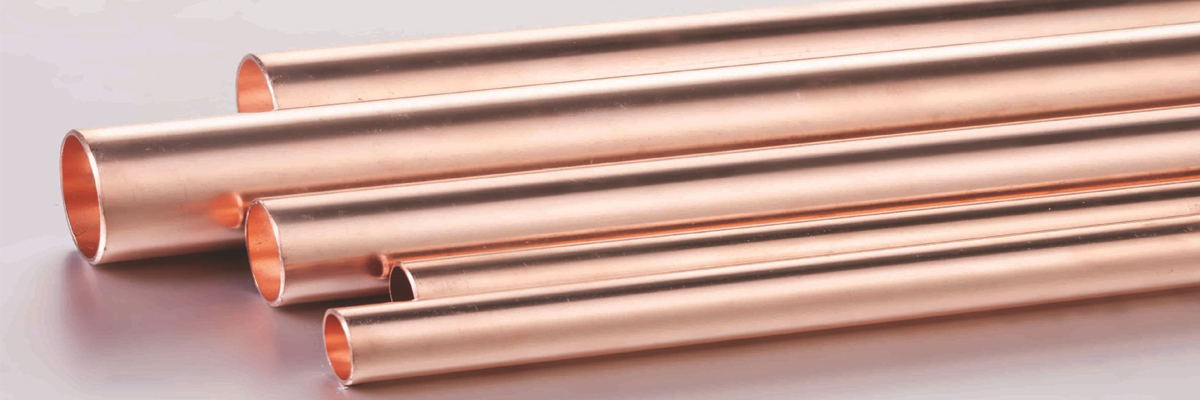Matters needing attention when welding copper pipe
More details Link: https://www.wanmetal.com/
Copper tube: a kind of non-ferrous metal tube, which is a seamless tube that is pressed and drawn. Copper pipes are strong and corrosion-resistant, and they have become the installation of tap water pipes, heating and cooling pipes in all residential commercial houses by modern contractors. Brass pipes are better water supply pipes.
Copper tube characteristics:
The copper tube is lighter in weight, has good thermal conductivity and high strength at low temperature. Often used in the manufacture of heat exchange equipment (such as condensers, etc.). It is also used to assemble cryogenic pipelines in oxygen production equipment. Copper pipes with small diameters are often used to transport pressured liquids (such as lubrication systems, oil pressure systems, etc.) and pressure measuring tubes for instruments. The brass tube is strong and corrosion resistant.
mainly has the following advantages: the copper pipe is hard in texture, not easy to corrode, and is resistant to high temperature and high pressure, and can be used in a variety of copper-free environments. Compared with brass pipes, the disadvantages of many other pipes are obvious. For example, the galvanized steel pipes used in residential buildings in the past are very easy to rust. If they are not used for a long time, the tap water will turn yellow and the water flow will become small. There are also some materials whose strength decreases rapidly at high temperatures, which may cause unsafe hazards when used in hot water pipes. However, because the melting point of copper is as high as 1083 degrees, the influence of the temperature of the hot water system on the brass tube is basically minimal. Common brass pipes include brass pipes for appliances, brass pipes for refrigeration, high-pressure brass pipes, corrosion-resistant brass pipes, brass pipes for connection, brass pipes for waterways, brass pipes for electric heating, and yellow for industrial use. Copper pipes and so on.
Brass tube welding precautions:
1. During the welding process, always keep the flame covering the contacts to prevent air from entering;
2, the flux will be dried, the moisture will evaporate at 100℃, and the flux will become milky white;
3, the flux will foam at 316℃;
4, the flux becomes paste at 427℃;
5. The flux becomes fluid at 593℃, which is close to the brazing temperature;
6. The solder containing 35%-40% silver melts at 604℃ and flows at 618℃;
7. Note that the two workpieces to be welded must be heated with a welding torch;
8. Through the flame color, you can observe whether the temperature is suitable. When the temperature reaches the brazing temperature, the flame will appear green, and when the temperature reaches the silver welding temperature, the green flame means the temperature is suitable;
9. The copper pipe and the steel pipe are welded to each other, and the copper pipe must be heated first (because the heat transfer of the copper pipe is fast, it needs more heat);
10. During the brazing process, the welding torch should not be stopped at one point all the time, it can be moved in a figure of eight;
11. It is recommended to use a large welding torch, so that a soft flame can be used to obtain large heat without overpressure or “blowing”, and there is a slight plume on the inner cone flame.
Reference source: Internet
Disclaimer: The information contained in this article is for reference only, not as a direct decision-making suggestion. If you do not intend to infringe your legal rights, please contact us in time.
Post time: Sep-01-2021
